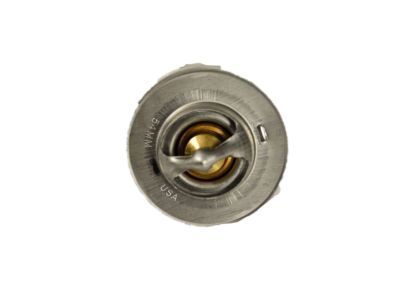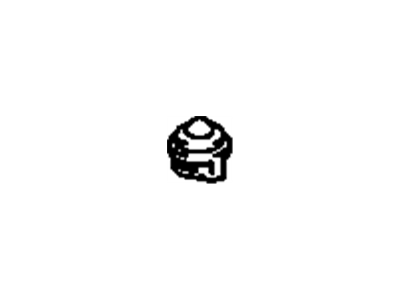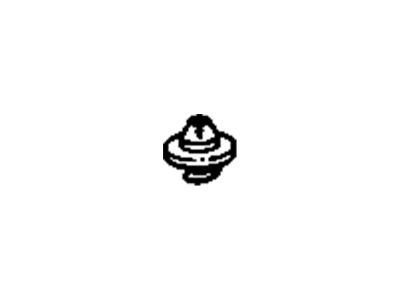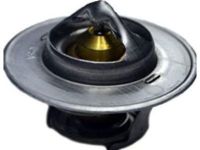
My Garage
My Account
Cart
Genuine Chevrolet El Camino Thermostat
Engine Coolant Thermostat- Select Vehicle by Model
- Select Vehicle by VIN
Select Vehicle by Model
orMake
Model
Year
Select Vehicle by VIN
For the most accurate results, select vehicle by your VIN (Vehicle Identification Number).
3 Thermostats found
Chevrolet El Camino Thermostat, Engine Coolant
Part Number: 12514334$12.79 MSRP: $24.14You Save: $11.35 (48%)Ships in 1-3 Business DaysChevrolet El Camino Thermostat, Engine Coolant
Part Number: 10207373$10.66 MSRP: $20.12You Save: $9.46 (48%)Ships in 1-3 Business Days
Chevrolet El Camino Thermostat
The Chevrolet El Camino's Thermostat is another component of this vehicle's cooling process and is commonly located nearby the radiator. The primary job of this piece is to control the temperature of the engine so it can run at its most efficient. A thermostat is a type of close loop control, which measure and control the temperature to be in a set-value, being widely used in homes and facilities. Different kinds of thermostats have been used to over the years, ranging from mechanical thermostats that are constructed using bimetallic strips and wax pellets, to pneumatic thermostats which are made from air filled control tubes. These are features have further improved the temperature control of automotive systems making them more comfortable and effective for Chevrolet El Camino automobiles.
Each OEM Chevrolet El Camino Thermostat we offer is competitively priced and comes with the assurance of the manufacturer's warranty for the part. Furthermore, we guarantee the speedy delivery of your orders right to your doorstep. Our hassle-free return policy is also in place for your peace of mind.
Chevrolet El Camino Thermostat Parts Questions & Experts Answers
- Q: How to test the operation of a thermostat on Chevrolet El Camino?A:To test the thermostat's operation, it should be removed from the engine. If one doubts about the thermostat, then it is most likely that it is cheaper to purchase a new one since they are not expensive. Before you can start testing, remove the thermostat. Examine if there is excessive corrosion or damage on the thermostat. Replace with a new thermostat if either of these conditions exists. Place in hot water 25 degrees above the temperature stamped on the thermostat. For example, since almost all Chevrolet V8 and V6 engines use 195-degree thermostats, the water temperature will be around 220. The valve must be completely open when submerged in this hot water which has been stirred vigorously. After that, unbend a piece of wire and draw out its thermostat before immersing it into water that is 10 degrees below what appears on its body. In most cases this cooler water temperature should be 185 degrees. This means that at this particular temperature, the valve should close fully. Reinstall if OK or purchase a new thermo-stat of equal rating to install your thermo-stat in case it checks out OK.















